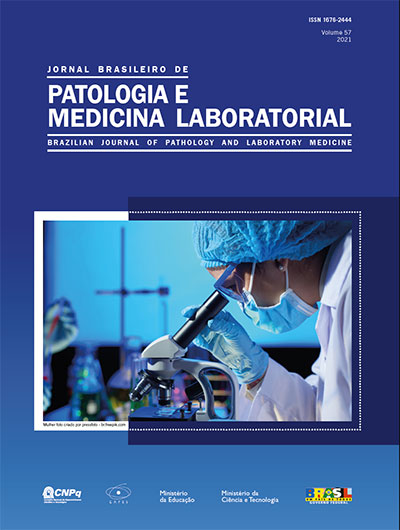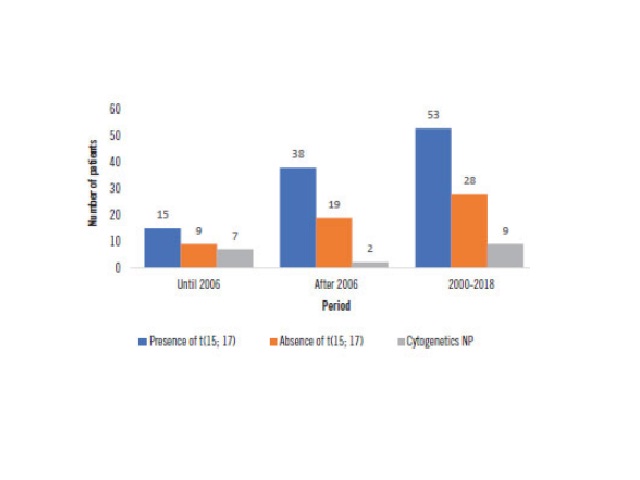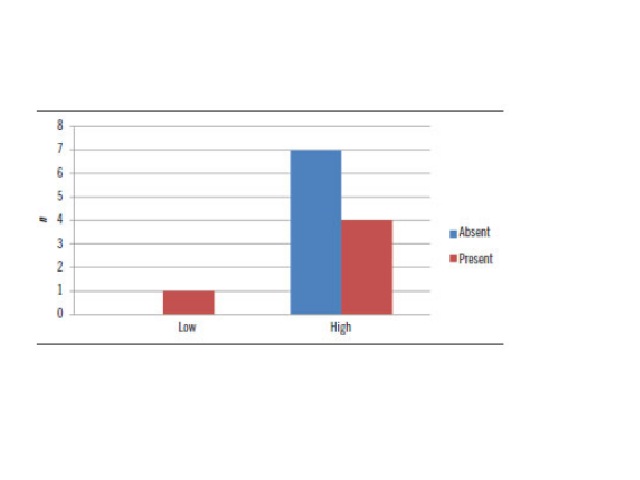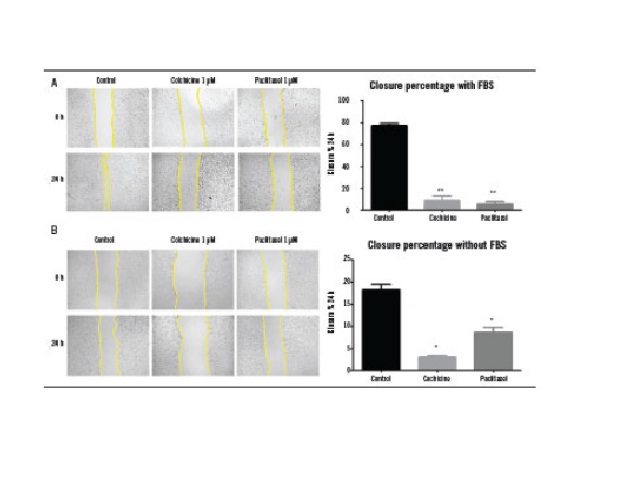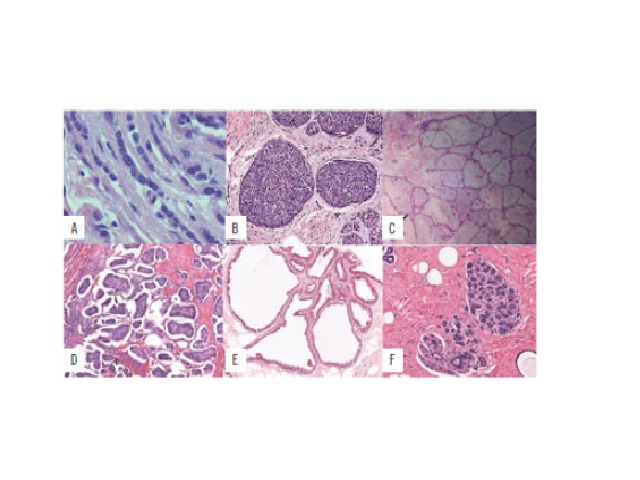Acute promyelocytic leukemia: evaluation of diagnostic tests from 2000 to 2018 in a public hospital
Leucemia promielocítica aguda: avaliação dos testes diagnósticos entre o período de 2000 e 2018 em um hospital público Aline C. Hey; Ana Paula Azambuja; Yara Carolina Schluga; Elenaide C. Nunes; Rodrigo Miguel Bendlin; Valderez R. Jamur Hospital de Clínicas da Universidade Federal do Paraná (UFPR), Curitiba, Paraná, Brazil Corresponding author Aline Carvalho HeyORCID 0000-0002-5575-7807e-mail: linechey@gmail.com First […]

